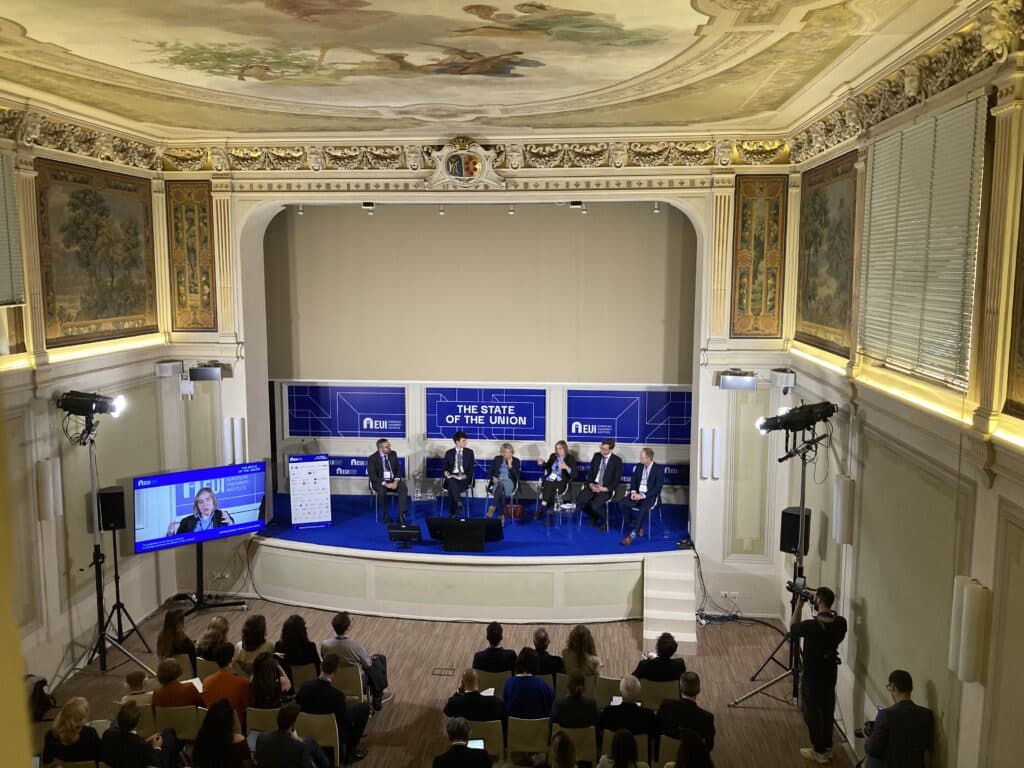The implementation of state support measures for generation adequacy is nothing new, but the issue has clearly gained more prominence over the last two or three years. The eleven member states under review in the state aid sector enquiry have implemented (or are on the cusp of implementing) 28 different electricity capacity mechanism designs, raising more questions than answers at this stage. This variety raises doubt as to the possibility of harmonisation at Union level. However, harmonisation at regional level could limit distortions in the internal market. We also have to keep in mind that harmonisation (several compatible mechanisms) is not unification (a single mechanism), and is therefore more easily foreseeable. The debate on ex ante harmonisation should not be avoided or abandoned as the actions of the Commission based on its state aid (and other) powers have clear limits in this regard.
A few inconsistencies can be found between the preliminary report of the state aid sector inquiry of 13 April 2016 and the three individual (final and opening) decisions concerning the UK and France we already have, but overall the Commission managed to maintain a consistent approach. Even though uncertainty remains on the application of the guidelines on state aid for environmental protection and energy 2014-2020 to capacity mechanisms, the main issues of contention have already emerged. The diverging opinions of the French Council of State and the Commission on the French mechanism show that the question of the involvement of state resources is still open, and thus that of the existence of state aid, as is the the application of Altmark criteria and Article 106(2) TFEU. In this context, Member States retain a margin to manoeuvre, in particular if they manage to bypass the condition regarding the involvement of state resources. It is fairly evident that the Commission will not be able to prevent willing Member States from implementing state measures to ensure generation adequacy, but the EU Treaty still contains different tools to somehow control these national developments: state aid rules of course, but also public procurement rules (to some extent) or antitrust and free movement rules (to a great extent). A lot of the debate currently centres on the problem of cross-border participation, but all stakeholders are aware of the political and technical difficulties it raises. It is a pity, in this regard, that the French preliminary reference of the French Council of State was withdrawn (former case C‑543/15, ANODE).
The antitrust sector enquiry of 2007 had been a success, in particular as it allowed the Commission to develop a well-structured action plan for the use of its competition powers (Articles 101 and 102 TFEU). As far as capacity mechanisms are concerned, the fact finding exercise is now complete. Individual state aid cases are certainly on the way and the sector inquiry will allow a dose of ‘horizontality’ to be introduced to the analysis. However, a fundamental question has yet to be raised: that of the consistency of capacity mechanisms with other parts of electricity market design. It cannot be emphasised enough that capacity mechanisms add an additional layer of administrative rules to an already much-complicated set of existing rules that are deeply intertwined. The Commission is currently working on a proposal for a market design 2.0 which would be able to ensure decarbonisation and decentralisation. It has led two public consultations which were carried out at the end of 2015. Information gathered in the state aid sector inquiry will certainly feed into the proposal eagerly anticipated for the end of this year.
Written by Adrien de Hauteclocque
Adrien de Hauteclocque was an editor and contributing author of “Capacity Mechanisms in EU Energy Markets: Law, Economics, and Policy (2015)“
Read the previous article: Capacity mechanisms and compatibility with the internal market under EU state aid rules







